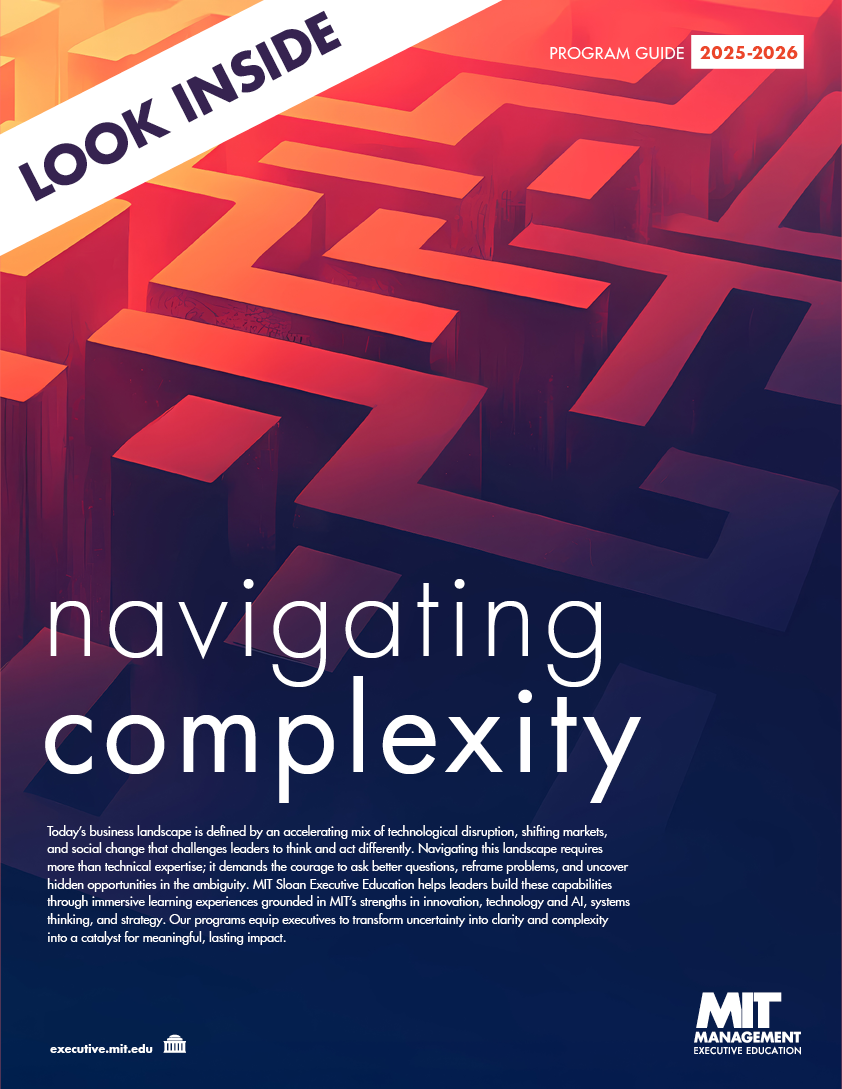In 2013, fourteen of the top 30 global brands by market capitalization were platform-oriented companies—companies that created and now dominate arenas in which buyers, seller, and a variety of third parties are connected in real time. These leaders include companies such as Akamai, LinkedIn, Airbnb and Uber. (See our earlier blog posts on Airbnb and Uber).
Of those brands, Uber in particular is known for its use of dynamic pricing—price fluctuations driven by supply and demand. For example, on a rainy Saturday night, Uber may raise its fares because its drivers are in high demand and more consumers opt for car services over public transportation or a walk in the rain. Why is this not considered price gouging, you ask? Because Uber is transparent about their dynamic model—the app alerts users that the current rate is higher than usual, and by how much, giving the consumer the option to decline and find alternate means of transportation.
As Uber investor and board member Bill Gurley points out in his blog post on Uber’s dynamic pricing model, this strategy is not new. Hotels, airlines, and rental car companies have long relied on dynamic pricing. This is why your flight during the Thanksgiving holiday will cost more than a plane ticket purchased almost any other time of year.
Dynamic pricing strategies can benefit consumers
Of course, dynamic pricing can also benefit the consumer. Hotels loathe empty rooms. The same pricing model that raises the rates on some days also allows hotels to offer last-minute deals to fill inventory. And in those cases, the consumer wins.
There is another aspect of dynamic pricing, however, that sometimes raises eyebrows. The Boston Globe recently reported on price steering and price discrimination, citing research that shows how merchandisers and travel companies intentionally offer different users different products or prices based on factors such as previous purchases and clicks or whether the consumer is using a desktop, laptop, or a mobile device.
These pricing strategies can seem nefarious and risk driving knowing customers away. When dynamic pricing and price steering are conducted intelligently, however, they can serve to reward loyal customers, provide goods and services at a lower fee when the acquisition cost is lower, and help deliver a more personalized experience. Newer platform companies seeking to establish their own pricing model may want to opt for the long-term view and ask if their pricing strategy is beneficial for both their vendors and their customers.
You can learn more about platform models and dynamic pricing in the MIT Sloan Executive Education program, Platform Strategy: Building and Thriving in a Vibrant Ecosystem, led by MIT Sloan Professors Pierre Azoulay and Catherine Tucker.








